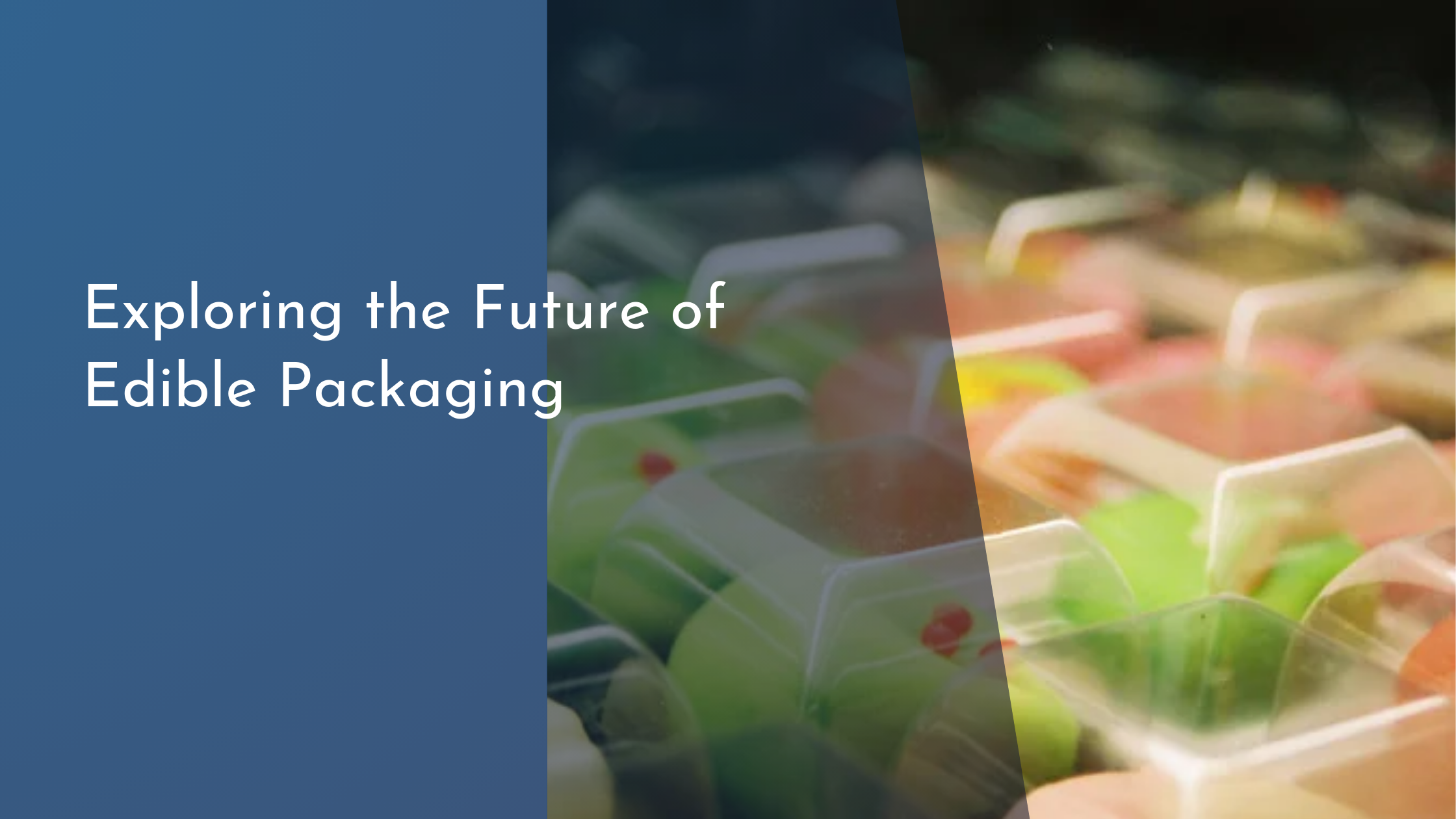Exploring the Future of Edible Packaging
In a world where sustainability is becoming increasingly vital, the packaging industry is undergoing a transformative shift. Edible packaging is emerging as a promising solution to the global plastic waste crisis, marrying innovation with eco-consciousness. This article delves into the rise of edible packaging, the cutting-edge innovations propelling the market forward, the environmental benefits it promises, and the challenges and opportunities that lie ahead. Join us as we explore the exciting future of edible packaging.
Understanding the Rise of Edible Packaging
The surge in environmental awareness has fueled the demand for sustainable packaging solutions, leading to the rise of edible packaging. Unlike conventional packaging materials that contribute to landfill overflow, edible packaging is designed to be consumed along with the product it encases. This concept not only addresses the waste issue but also taps into consumer desires for greener products. As global plastic pollution continues to escalate, the importance of innovative alternatives like edible packaging becomes even more critical.
Furthermore, the growing interest in health and wellness has also played a significant role in boosting the popularity of edible packaging. Many of these materials are derived from natural ingredients such as seaweed, rice, and starch, offering an additional nutritional benefit. Businesses spanning various industries, from food and beverages to cosmetics, are exploring edible packaging as a means to enhance their brand image, differentiate their offerings, and meet consumer expectations for sustainability.
Innovations Driving the Edible Packaging Market
Innovation is at the heart of the edible packaging revolution, with researchers and companies developing groundbreaking materials to expand its possibilities. For example, researchers have created packaging films from milk proteins, specifically casein, which boast excellent oxygen-blocking properties and are biodegradable. Similarly, seaweed-based packaging has gained traction for its versatility and nutritional content, offering a promising alternative to traditional plastics.
In addition to ingredient innovation, technological advancements are enhancing the production and application of edible packaging. Companies are employing sophisticated techniques like electrospinning and 3D printing to create intricate, customizable designs that appeal to both consumers and businesses. This blend of novel materials and cutting-edge technology is driving the edible packaging market forward, turning what was once a niche concept into a viable commercial solution.
Environmental Impact: A Greener Tomorrow
Edible packaging presents a formidable opportunity for reducing the environmental footprint of the packaging industry. By eliminating waste at the source, edible packaging minimizes the dependence on landfills and reduces the accumulation of non-biodegradable materials in oceans and ecosystems. This shift could significantly decrease the amount of plastic waste generated annually, aligning with global efforts to combat climate change and protect the planet.
Moreover, the production of edible packaging often requires fewer resources, such as energy and water, compared to conventional plastic production. As these materials are typically sourced from natural, renewable resources, they offer a more sustainable lifecycle. This environmentally friendly approach not only conserves resources but also lowers greenhouse gas emissions, contributing to a healthier, more sustainable future for all.
Embracing the Future: Benefits and Challenges
The benefits of edible packaging extend beyond environmental sustainability, offering practical advantages for consumers and businesses alike. For consumers, edible packaging can enhance convenience, reduce clutter, and even provide an additional nutritional boost. For businesses, adopting edible packaging can serve as a powerful marketing tool, showcasing their commitment to innovation and environmental responsibility, thereby attracting eco-conscious customers.
However, the journey to widespread adoption is not without challenges. Edible packaging must overcome hurdles such as ensuring safety and hygiene, maintaining product integrity, and achieving cost-effectiveness. Regulatory compliance and consumer acceptance are other critical factors that need to be addressed. Despite these challenges, continued research and collaboration between industry stakeholders offer promising pathways to overcome these obstacles and fully embrace the potential that edible packaging holds.
As we look toward the future, edible packaging represents a bold step toward a more sustainable and innovative approach to packaging. While challenges remain, the benefits of reduced waste, improved sustainability, and enhanced consumer experience make it an exciting and viable alternative to traditional packaging. By embracing this forward-thinking solution, industries worldwide can contribute to a cleaner, greener planet, ensuring a brighter future for generations to come.

